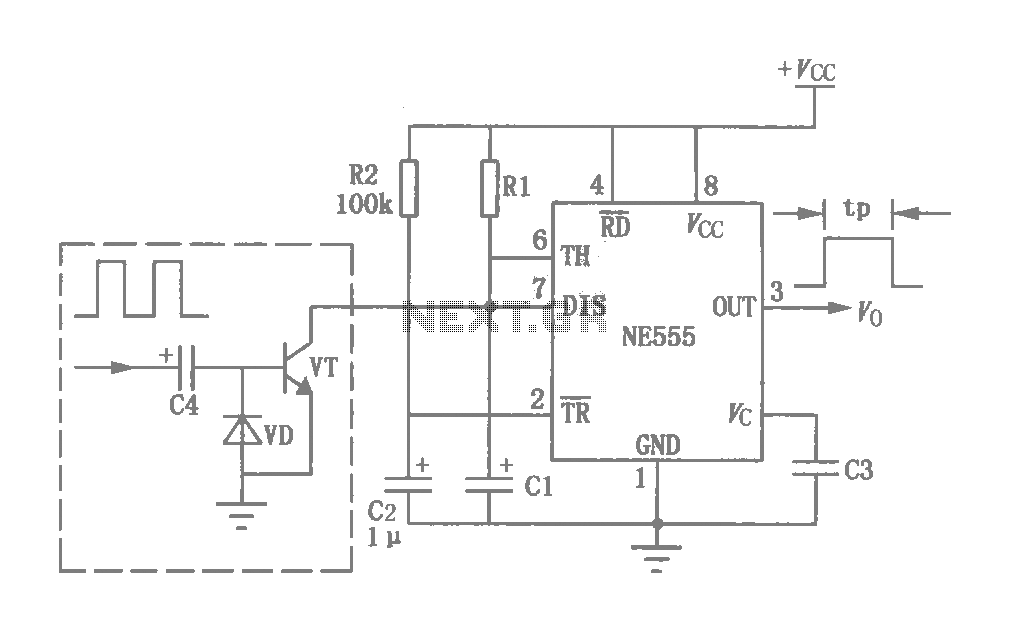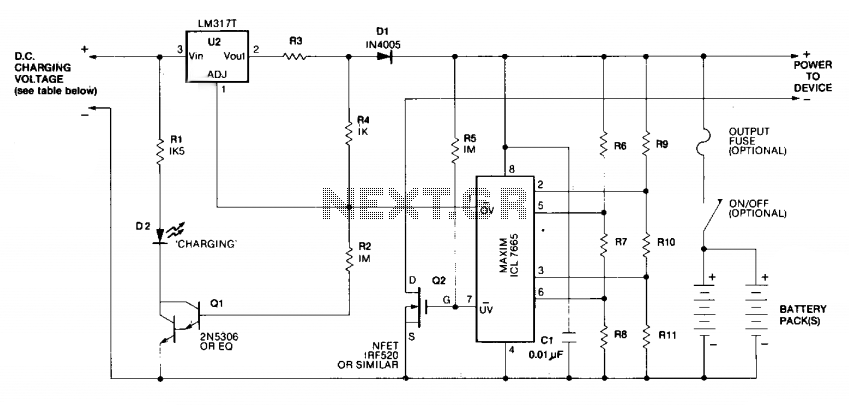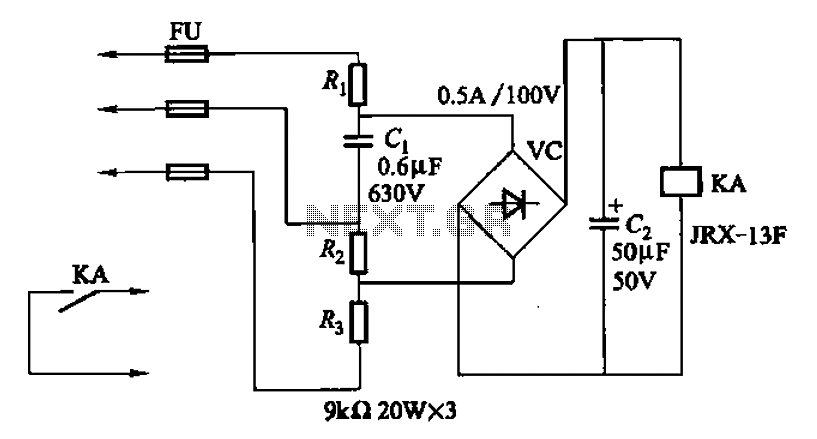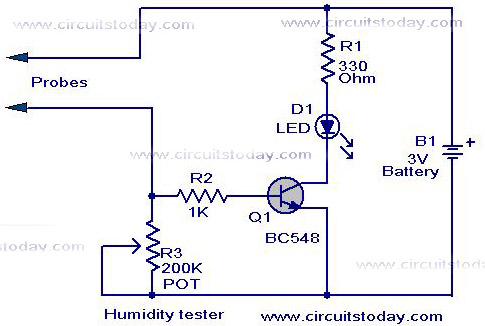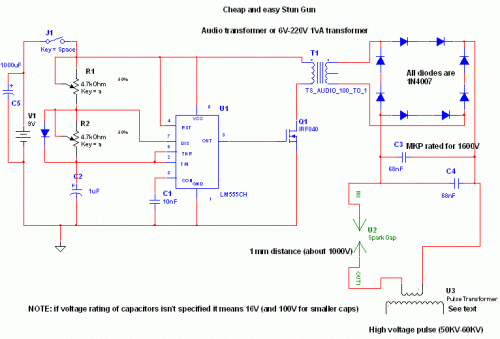
capacitor Explaining a car voltage regulator circuit

The circuit regulates approximately 12V from the car battery down to 5V for use by an Atmel AVR microcontroller. The presence of two capacitors on each side of the linear regulator LM7805 raises questions regarding their purpose. It is suggested that the use of two capacitors may be to reduce resistance and inductance. However, there is uncertainty regarding the rationale for the differing capacitor ratings of 0.1 µF and 470 µF.
The LM7805 voltage regulator is a popular choice for providing a stable 5V output from a higher input voltage, such as the 12V typically found in automotive applications. The two capacitors on either side of the regulator serve distinct functions that contribute to the overall performance and stability of the circuit.
On the input side, the 0.1 µF capacitor acts as a high-frequency bypass capacitor. Its role is to filter out high-frequency noise and transients that may be present on the input voltage line, ensuring that the regulator receives a clean, stable input. This capacitor is typically ceramic, which provides low equivalent series resistance (ESR) and inductance, making it effective for high-frequency applications.
The 470 µF capacitor, also located on the input side, is a bulk capacitor that provides energy storage. It helps to smooth out any voltage fluctuations caused by load changes or noise from the power supply. This larger capacitor can handle lower frequency variations and provides a reservoir of charge that the regulator can draw from when needed, thus improving transient response.
On the output side, the 0.1 µF capacitor again serves as a high-frequency bypass capacitor, ensuring that the output voltage remains stable and free from high-frequency noise that could affect the microcontroller's operation. The 470 µF capacitor on the output side similarly helps to stabilize the output voltage by providing additional charge storage, ensuring that the microcontroller receives a consistent voltage supply, especially during periods of high current draw.
In summary, the combination of a small capacitor (0.1 µF) and a larger capacitor (470 µF) on both the input and output sides of the LM7805 regulator is a common practice in electronic design. This configuration enhances the stability and performance of the voltage regulation, allowing the Atmel AVR microcontroller to operate reliably within its specified voltage range.Regulating ~12V from the car battery to 5V used by Atmel AVR microcontroller. Why are there two capacitors on each side of linear regulator LM7805 This answer to another question might be the answer I`m looking for, but I`m not sure about it. If this answer is related to my question and the use of two capacitors is to reduce resistance and inductance, why are such different capacitor ratings used (0.
1 µF and 470 µF) 🔗 External reference
The LM7805 voltage regulator is a popular choice for providing a stable 5V output from a higher input voltage, such as the 12V typically found in automotive applications. The two capacitors on either side of the regulator serve distinct functions that contribute to the overall performance and stability of the circuit.
On the input side, the 0.1 µF capacitor acts as a high-frequency bypass capacitor. Its role is to filter out high-frequency noise and transients that may be present on the input voltage line, ensuring that the regulator receives a clean, stable input. This capacitor is typically ceramic, which provides low equivalent series resistance (ESR) and inductance, making it effective for high-frequency applications.
The 470 µF capacitor, also located on the input side, is a bulk capacitor that provides energy storage. It helps to smooth out any voltage fluctuations caused by load changes or noise from the power supply. This larger capacitor can handle lower frequency variations and provides a reservoir of charge that the regulator can draw from when needed, thus improving transient response.
On the output side, the 0.1 µF capacitor again serves as a high-frequency bypass capacitor, ensuring that the output voltage remains stable and free from high-frequency noise that could affect the microcontroller's operation. The 470 µF capacitor on the output side similarly helps to stabilize the output voltage by providing additional charge storage, ensuring that the microcontroller receives a consistent voltage supply, especially during periods of high current draw.
In summary, the combination of a small capacitor (0.1 µF) and a larger capacitor (470 µF) on both the input and output sides of the LM7805 regulator is a common practice in electronic design. This configuration enhances the stability and performance of the voltage regulation, allowing the Atmel AVR microcontroller to operate reliably within its specified voltage range.Regulating ~12V from the car battery to 5V used by Atmel AVR microcontroller. Why are there two capacitors on each side of linear regulator LM7805 This answer to another question might be the answer I`m looking for, but I`m not sure about it. If this answer is related to my question and the use of two capacitors is to reduce resistance and inductance, why are such different capacitor ratings used (0.
1 µF and 470 µF) 🔗 External reference
